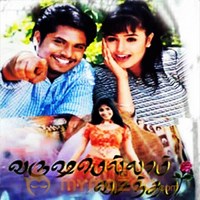

Having been neglected even in modern historiography, dalits began to represent themselves through different forms of literature. This has caused irreparable loss to productive technology.

Despite being from the productive castes, they were illiterate and could not themselves record the innovations and experiences of their occupations. He rich heritage of dalits as a community has been left unrecorded except for a number of negative comments in Sanskrit epics and plays. K Purushotham is with the Kakatiya University, Warangal, Andhra Pradesh. Telugu dalit writing would have truly come of age when even these castes – the ostracised among the ostracised – begin writing about themselves. This group also writes about the “satellite castes” who are considered untouchable even by the Madigas. Madigas are placed so low in the hierarchy that the term is considered an abuse and its usage can attract the provisions of the Atrocities Act. Writers of the Dandora movement, for example, who belong to the Madiga caste, have begun adding the caste name to their surnames, a practice hitherto followed only by the upper castes. From the mid-1980s, however, dalit angst, protest and an alternative vision started reflecting in Telugu literature.

During the independence struggle, dalit writers, under Gandhian influence, touched upon casteism and untouchability but imitated mainstream writing in form and content. K Purushotham Telugu dalit literature entered a significant phase when dalits began writing about themselves. SPECIAL ARTICLE Evolution of Telugu Dalit Literature


 0 kommentar(er)
0 kommentar(er)
